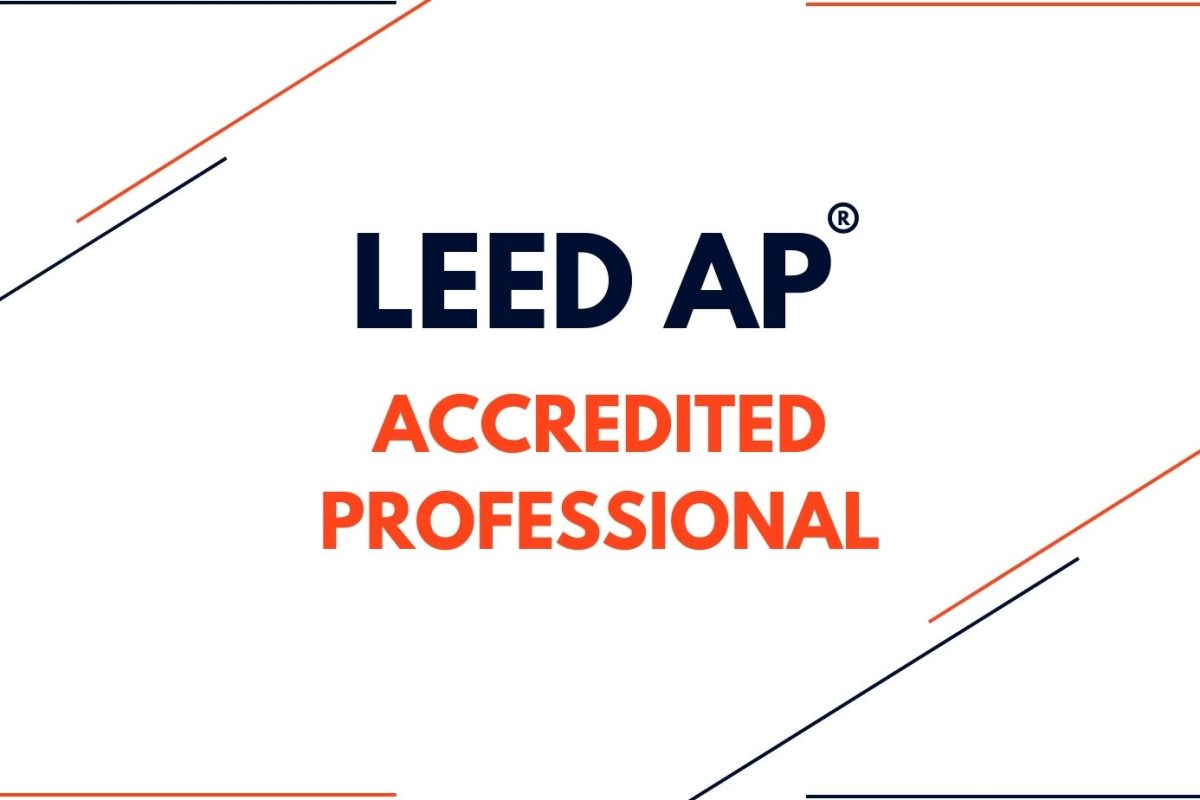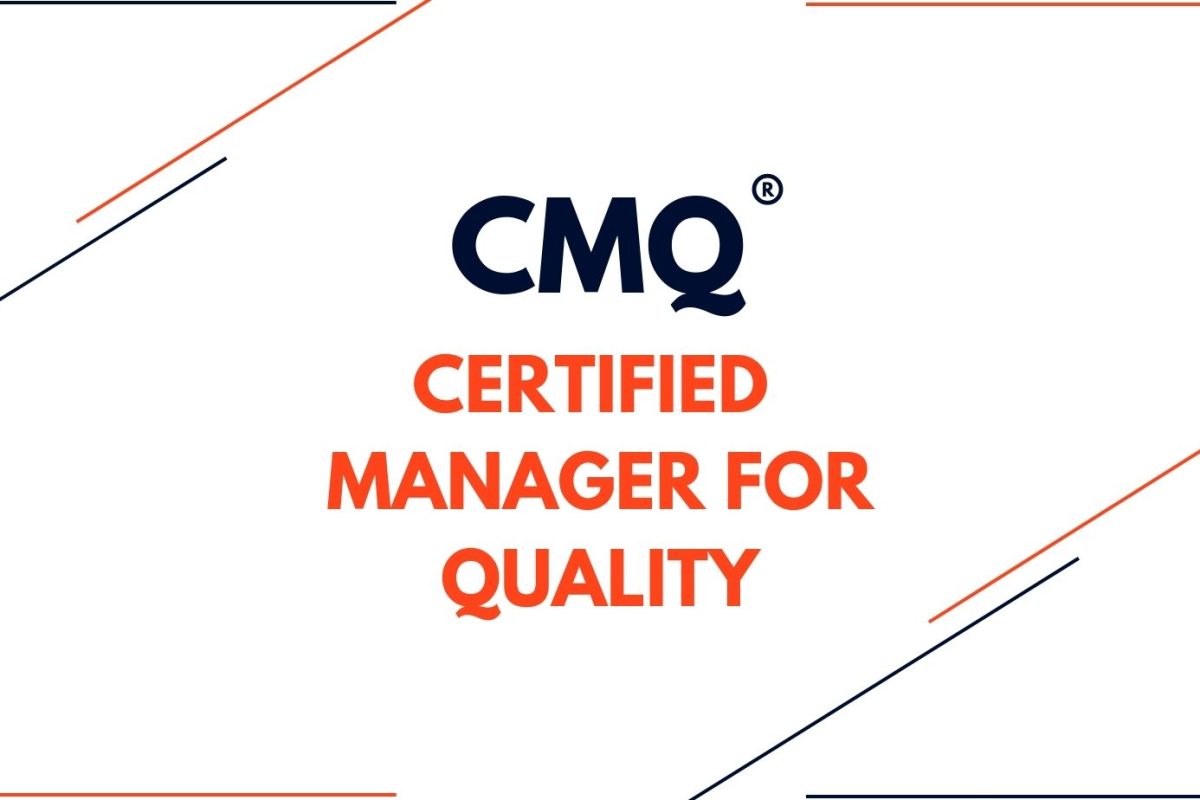In the realm of project management, projects exist and operate within internal and external environments that have varying degrees of influence on value delivery. These environments can significantly affect planning and other project activities, resulting in a favorable, unfavorable, or neutral impact on project characteristics, stakeholders, or project teams.
Internal Environment:
Internal factors within the organization can arise from the organization itself, a portfolio, a program, another project, or a combination of these. These factors include artifacts, practices, or internal knowledge. Knowledge encompasses lessons learned as well as completed artifacts from previous projects.
Process assets: These may include tools, methodologies, approaches, templates, frameworks, patterns, or PMO resources.
Governance documentation: This includes policies and processes.
Data assets: These include databases, document libraries, metrics, and artifacts from previous projects.
Knowledge assets: Such as tacit knowledge among project team members, subject matter experts, and other employees.
Security and safety measures: Including procedures and practices for facility access, data protection, levels of confidentiality, and proprietary secrets.
Geographic distribution of facilities and resources: Including work locations, virtual project teams, and shared systems.
Infrastructure: Consisting of existing facilities, equipment, organizational and telecommunications channels, information technology hardware, availability, and capacity.
Information technology software: Such as scheduling software, configuration management systems, web interfaces to online automated systems, collaboration tools, and work authorization systems.
Resource availability: Including contracting and purchasing constraints, approved providers and subcontractors, collaboration agreements, and timelines related to both people and materials.
Employee capability: Encompassing general and specialized expertise, skills, competencies, techniques, and knowledge.
Organizational culture, structure, and governance: Including the vision, mission, values, beliefs, cultural norms, leadership style, hierarchy and authority relationships, organizational style, ethics, and code of conduct.
External Environment:
Factors external to the organization can enhance, constrain, or have a neutral influence on project outcomes.
Marketplace conditions: Including competitors, market share, brand recognition, technology trends, and trademarks.
Social and cultural influences and issues: Encompassing the political climate, regional customs and traditions, public holidays and events, codes of conduct, ethics, and perceptions.
Regulatory environment: Which may include national and regional laws and regulations related to security, data protection, business conduct, employment, licensing, and procurement.
Commercial databases: Including standardized cost estimating data and industry risk study information.
Academic research: Which can include industry studies, publications, and benchmarking results.
Industry standards: Related to products, production, environment, quality, and workmanship.
Financial considerations: Including currency exchange rates, interest rates, inflation, taxes, and tariffs.
Physical environment: Pertaining to working conditions and weather.
Case Study: Understanding the Project Environment
In a recent project undertaken by our organization, the understanding of the project environment, both internal and external influences, was critical to its success.
Internal Environment:
Our project team leveraged various factors within the organization to enhance project outcomes. Process assets, governance documentation, and data assets were utilized to streamline project planning and execution. Knowledge assets, including tacit knowledge among project team members and subject matter experts, played a crucial role in decision-making processes. Security and safety measures were implemented, including procedures and practices for facility access and data protection.
Geographic distribution of facilities and resources, along with infrastructure such as information technology software, ensured efficient communication and collaboration among team members. The availability of resources, including employee capability and organizational culture, structure, and governance, contributed significantly to the project’s success.
External Environment:
External factors such as marketplace conditions, social and cultural influences, and the regulatory environment were carefully considered. Marketplace conditions, including competitors and technology trends, were analyzed to identify potential risks and opportunities.
Social and cultural influences and issues, including the political climate and regional customs, were taken into account to ensure the project aligned with societal expectations. The regulatory environment, including national and regional laws and regulations, was closely monitored to ensure compliance and avoid any legal issues.
Commercial databases, academic research, industry standards, financial considerations, and the physical environment were also considered, providing valuable insights into potential risks and opportunities.
In conclusion, a comprehensive understanding of both internal and external project environments played a crucial role in the success of our recent project. By carefully analyzing and leveraging these factors, we were able to deliver value to our stakeholders and achieve project objectives effectively.




